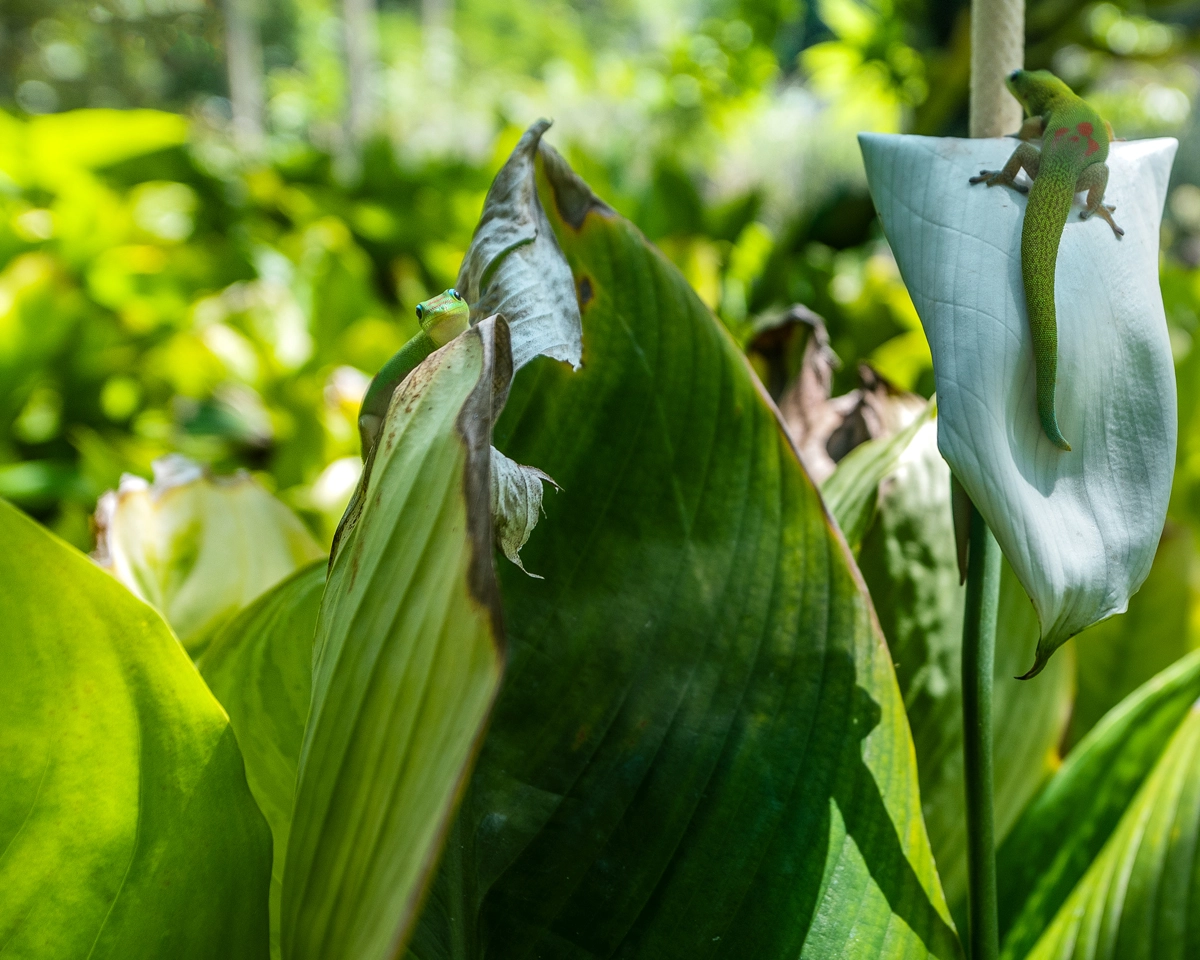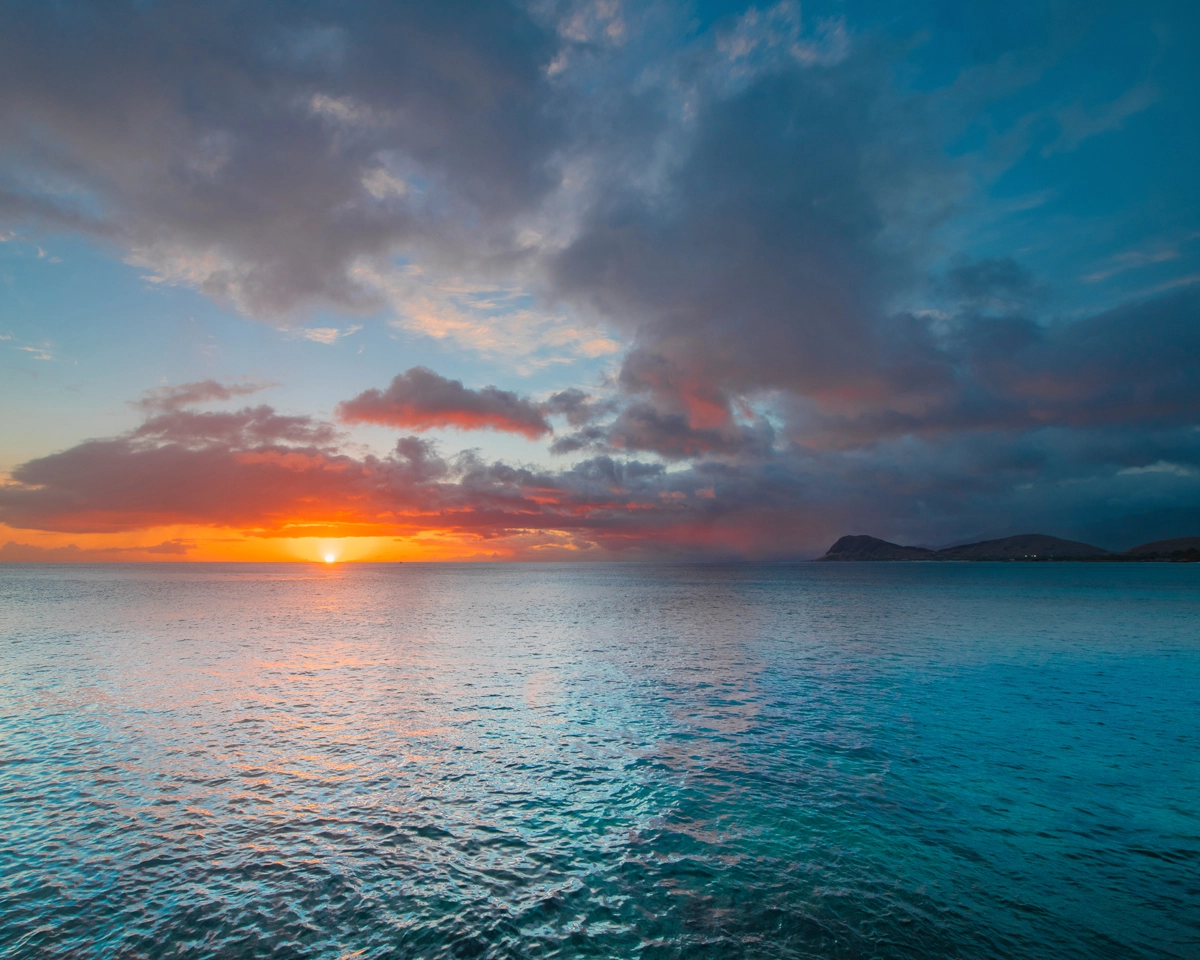Whether the ocean, land, or wildlife, photographing the natural world is a rewarding endeavor that requires both technique and intuition. Regardless of being a seasoned expert or just beginning, the following tips will help you in photographing captivating images of nature.

1. Plan ahead
It’s important to plan ahead before embarking on a nature photography excursion. Do some research on the location you’re going to visit. You can use tools such as Google Maps or Photo Ephemeris to scout areas and identify potential spots to shoot from ahead of time. Make sure you have all the necessary gear, such as a sturdy camera bag and extra batteries. In addition, bringing water and snacks can keep you hydrated throughout the day.
If you’re planning on shooting in the water, be sure to pack your underwater housing, towel, environmentally safe sunscreen, and silica packets. Silica packets can be kept in your camera bag to absorb any left-over moisture that may have accumulate inside your camera even after you get out the water. I highly recommended that you always have it in your bag at all times as its a cheap alternative in preserving the longevity of your expensive equipment.
Weather apps can also be your best friend in being able to know the wind, temperature, and/or rain conditions before heading out. All of these tools can help you prepare the necessary camera gear and attire to so you can make best of your time when you’re out shooting.
2. Respect Nature
When taking photos in nature, it’s crucial to be mindful of your surroundings. Be respectful of the environment and the animals that inhabit it. Avoid disturbing or harming any wildlife, and take into consideration any acts that can be damaging to the environment around you.
Simply picking up after yourself can have a positive impact on the environment. I highly suggest to bring a small plastic bag so you can help keep this earth clean. You’ll be surprise how much rubbish is left on the ground and ignored by the masses. It would be a shame to follow the crowd.
Nature has always been a provider to me and my loved ones and preserving its beauty through my art is my way of expressing my gratitude towards it. At times, it can be unpredictable, but nonetheless gives opportunities to express oneself in ways that words can’t. When we share the same unconditional love towards the natural world as it does towards us humans, magic can and will present itself. Be ready to capture it.
3. Get creative
Nature photography is an excellent opportunity to unleash your creativity. Move around to find subjects, interesting elements, and the best lighting that fits your style. You should also experiment with different perspectives, compositions and angles. You can also try taking photos of the same subject at different times of the day or in varying weather conditions to see how it can change the mood of your images. Depending on your mood, you can also use headphones to listen to your favorite music or podcast while out in the field.
I feel the most creative when i’m photographing nature and usually find myself practicing meditative breathing techniques to fall into a state of zen. This allows me be present with my thoughts and surroundings as well as attentive to the most minute details going on around me. Regardless of what does or doesn’t stir up your creativity, just go out there and enjoy your time. Have fun and take a ton of pictures!
4. Be mindful of lighting
Lighting is a critical element in producing high-quality nature photographs. Depending on your photography style, different times of the day can provide different types of lighting conditions. Like any genre of photography, soft light usually provokes a more welcoming portrayal of your subject(s). On the contrary, hard light can be used to emphasize contrast and provoke impactful concepts.
If you’re aiming to create “soothing” imagery, consider shooting during the early morning or late-afternoon hours since natural light is usually softer. Here you will find a variation of vibrant colors as well as active wildlife.

On the other hand, if you prefer hard light with monotone colors and noticeable transitions between shadows to whites, consider shooting during midday. Just know that this can cause overblown highlights and abnormal shadows on your subject(s).

If you find yourself shooting during the midday, but want to reduce the effects of harsh light, a friendly tip around this is to photograph from a shaded vantage point. Either under a shady tree, pop-up tent, or umbrella. Add a zoom lens into the mix and you’ll be able to reduce the effects that hard lighting has on your subject.

5. Exercise patience
Another on of my tips on photographing nature is to exercise patience. Patience is an indispensable quality when it comes to nature photography.
Prepare to spend time observing your surroundings and waiting for the perfect moment. You may find yourself waiting several hours or even days to capture the ideal image. Sometimes, even months or years just to get that perfect shot of one location. Remember that nature is unpredictable, so be adaptable and ready to capture the unexpected.
The image above, “Reoccurring Dream”, is a great example of exercising patience. I shot thousands of image of this single location for years on end with every time presenting something totally different to photograph. It wasn’t until this very moment, only after returning constantly between 2011 and 2022, that i would finally capture what i visualized since the day i started getting serious with my photography.
If you find yourself getting bored, try something new, or invite others to tag along with you on your excursion. You can even take a break and come back to these tips on photographing nature. Remind yourself that you can always return another time. And, who knows? Another time may just be that perfect time.
Closing Thoughts
Capturing photographs of nature is a fulfilling and enriching pursuit. By following these tips on photographing nature, you can capture the beauty of the natural world and create captivating images that inspire and delight others. Preparation is key! Remember to exercise patience, be mindful of the environment and to keep an open mind. With these tips you will be on your way to creating images that genuinely reflect the essence of the natural world.
